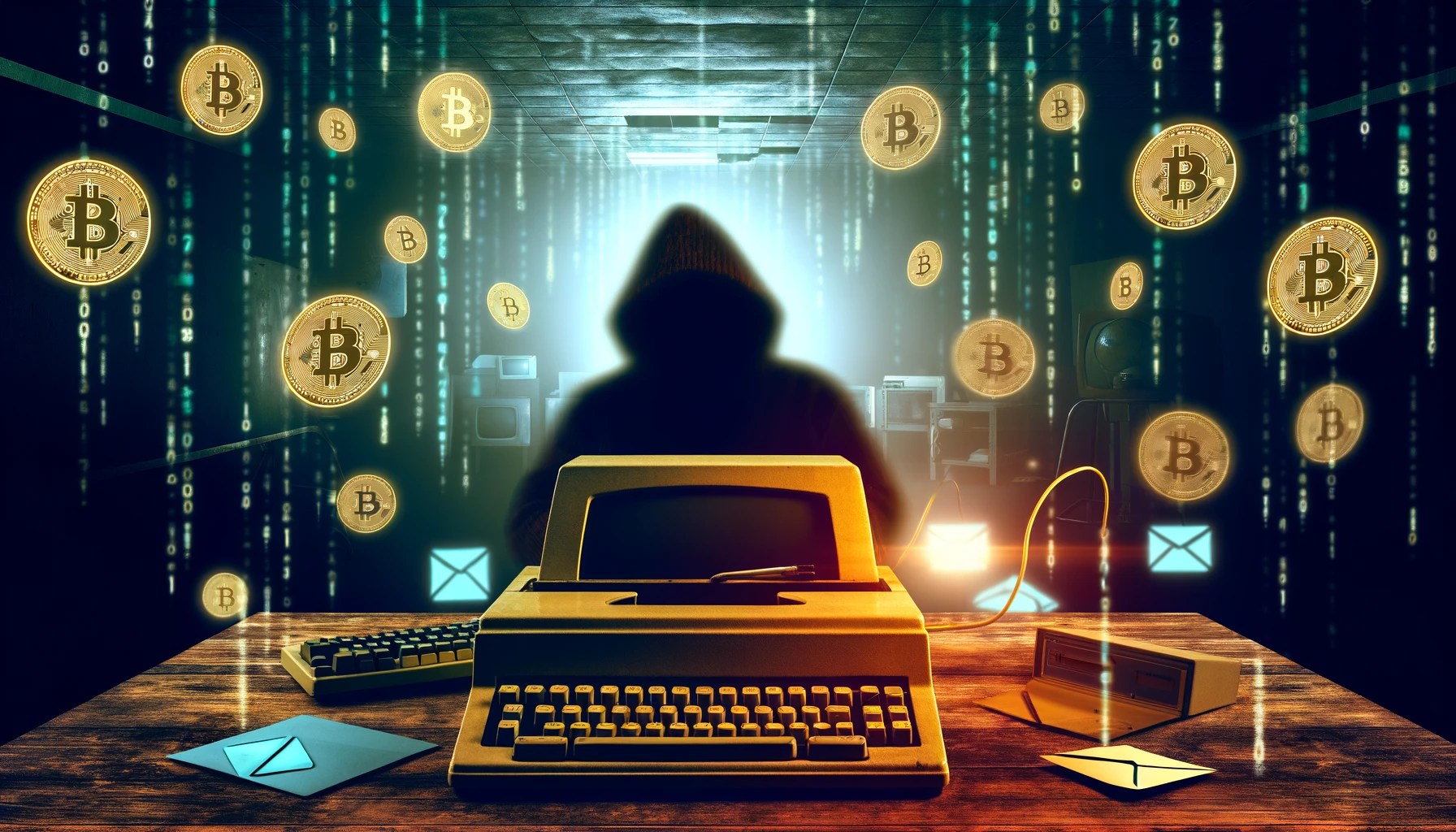Tuesday marked India’s first tryst with a digital rupee. It was, sensibly, a cautious affair. A trial run of a wholesale version was initiated by the Reserve Bank of India (RBI) among nine banks expected to use it to settle their mutual trades of government securities. On test here was the efficiency granted by reduced transaction costs. As e-rupee payments are like those made in cash, a direct RBI liability, they need neither a backup system nor collateral to cover settlement risk, which exists in any market where participants may fail to fulfil their end of a deal. In itself, the idea of a digital currency is worthy. What’s confusing, though, are the names RBI is using. An “e ₹-W” is a clunky term for what’s being tested. How it differs from an “e ₹-R”, a retail-level version to be tried out later this month, is likely to bewilder most people. For any new concept, branding wisdom calls for simplicity. A plain and simple e-rupee (e- ₹) is what RBI should launch. This should be a token-based e-currency for retail use, the safety proposition of which can be explained to all users of money. Let’s give the account-based wholesale e-currency a name that’s sharply different. Let there be no mix-up.
Download The Mint News App to get Daily Market Updates.
More
Less
















